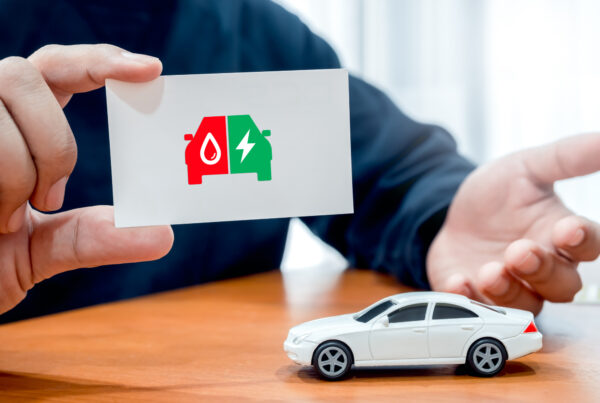Electric vehicles continue to join the national fleet on Australian roads and insurance coverage must adapt to meet the new risks and demands of EVs.
New energy vehicles require insurers to assess and develop solutions to address specific risks associated with EVs.
These could include:
- additional third-party liability exposures created by charging activities
- issues relating to batteries such as ownership and warranty, and rented battery liability
- the potential for government regulations to add new exposures
- appropriate cover for fleets, organisations, dealerships, and car companies
- roadside assist and extended electric vehicles services
- establishing fault, battery value and salvage, warranty
The types of new energy vehicles available range through electric, hybrid, plug-in hybrid and hydrogen stored in a fuel cell. As a fleet manager or owner of new energy vehicles it is important to consider your vehicle insurance providers carefully as new age vehicle present unique situations.
The Federal Government’s Future Fuels and Vehicles Strategy predicts there will be 1.7 million EVs on Australian roads by 2030 as demand increases and EVs become more widely available.
Several insurance providers are already adapting and adopting an EV-centric outlook. However, it is still common practice for electric vehicles to cost more to insure than their traditional combustion engine counterparts.


















